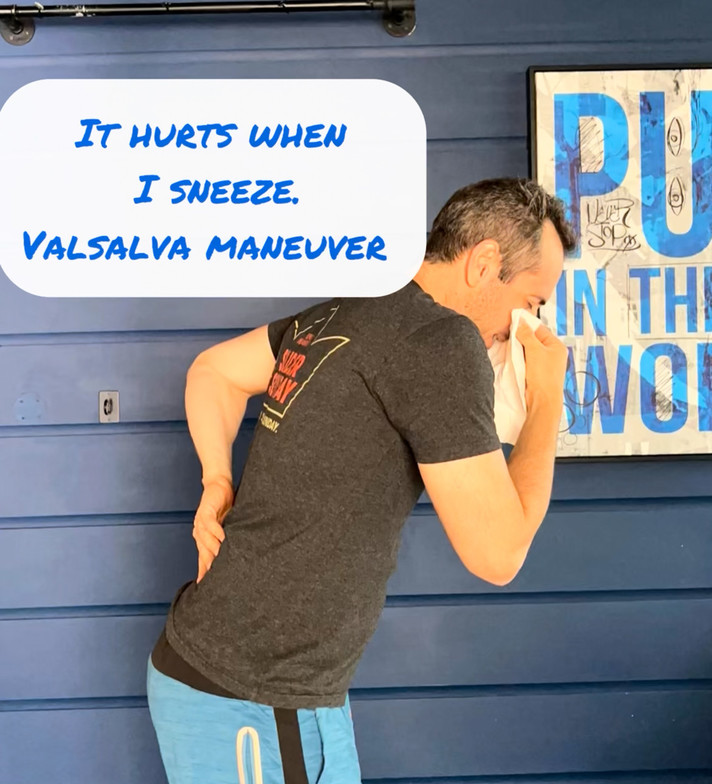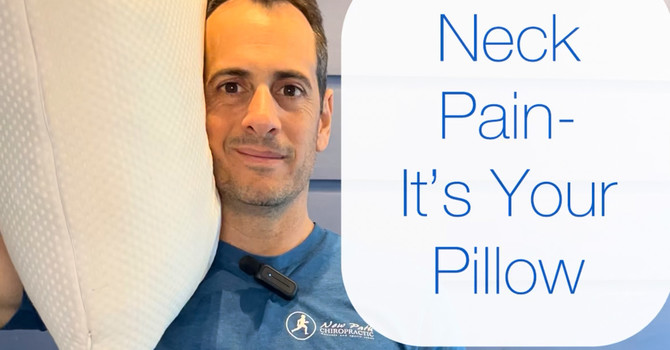
Ever catch yourself holding your breath while lifting something heavy or sneezing hard? That’s your body using a built-in reflex called the Valsalva maneuver — a natural response where you momentarily hold your breath and bear down. This action rapidly increases pressure inside your chest, abdomen, and even your spinal canal.
We often do it without thinking — during sneezing, coughing, heavy lifting, straining on the toilet, or performing high-effort exercises. When you close your airway while trying to exhale, that pressure builds fast. And while it can temporarily stabilize your core, especially during lifting or bracing, it comes with some important warnings.
The Hidden Effects of Valsalva
This internal pressure surge affects more than your muscles. It can:
-
Increase blood pressure
-
Irritate nerves or spinal discs
-
Stress the dura mater (the protective lining of the spinal cord and brain)
-
Trigger or worsen neck, back, or head pain
If you already have issues like disc bulges, nerve tension, or tight fascia, the Valsalva maneuver can light up pain patterns in the spine, ribs, or even down the legs.
So What Should You Do?
You don’t have to avoid effort — just manage the pressure.
Exhale During Effort: Breathe out during the hardest part of a lift or strain.
Train Your Core Without Breath-Holding: Use exercises like dead bugs, bird-dogs, and Pallof presses.
Practice Diaphragmatic Breathing: Learn to breathe low into your belly to reduce baseline tension.
Avoid Straining on the Toilet: Stay hydrated, eat fiber, and use a footstool to keep the spine in a better position.
Bottom line: The Valsalva maneuver isn’t bad — it’s just often overused or misused. With better awareness of your breath and core mechanics, you can protect your spine and reduce pain flare-ups.
Control the pressure. Don’t let it control you.
#ValsalvaManeuver #SpineHealth #BreathControl #CoreStability #SneezingPain #NerveTension #BackPainRelief #BodyAwareness

Dr. Steve Muscari
Contact Me




